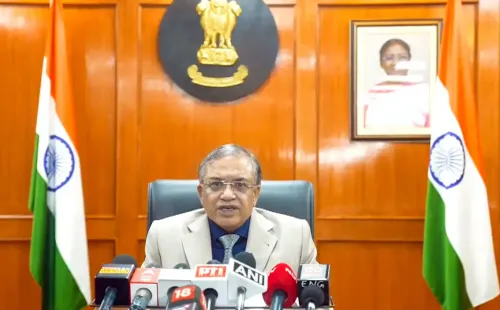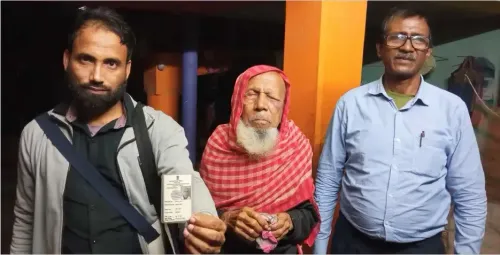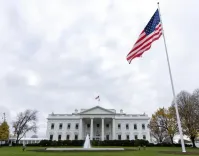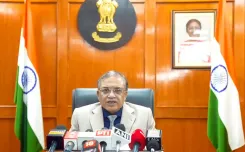Has a safety audit of all schools been ordered by the Union Education Minister?

Synopsis
Key Takeaways
- Zero Tolerance Policy: Emphasizes strict adherence to safety regulations.
- Safety Audits: Essential for identifying hazardous school structures.
- Collaboration: Encourages cooperation among various stakeholders.
- Child Safety: A primary focus of educational institutions.
- Accountability: Establishes clear responsibility for safety measures.
New Delhi, Aug 18 (NationPress) In line with its “Zero Tolerance Policy towards negligence, the Union Ministry of Education has instructed all States and Union Territories to evaluate the structural integrity of school buildings and highlight any dilapidated structures through comprehensive safety audits, as reported in the Lok Sabha on Monday.
Education Minister Dharmendra Pradhan informed the House that a directive for a thorough safety audit of school buildings was issued on August 7, emphasizing the need for demolition or repair of any structurally unsafe buildings and banning their use until they receive a safety certification.
In response to a query by Alok Kumar Suman, Pradhan mentioned that authorities are advised to organize temporary schooling when necessary, utilize spaces cleared by demolitions, conduct regular monitoring and reporting, and ensure compliance certification regarding safety and structural fitness for re-occupancy.
The Union Education Minister stated that States and Union Territories must rigorously apply these regulations to prevent any further injuries or fatalities caused by avoidable infrastructure failures.
He highlighted that the Centre has previously issued various directives to guarantee the safety and security of children in schools, including the Guidelines on School Safety and Security from the Department of School Education and Literacy published on October 1, 2021.
Moreover, in 2017, the Guidelines on School Safety Policy were released by the National Disaster Management Authority (NDMA) on February 27 that same year.
Pradhan also pointed out that the National Commission for Protection of Child Rights (NCPCR) has compiled and examined multiple guidelines, resulting in the creation of a detailed manual titled “Manual on Safety and Security of Children in Schools” dated February 26, 2018, aimed at enhancing student safety.
In addition to these, there are National Disaster Management Guidelines that dictate essential activities like performing safety audits, conducting annual mock drills, installing fire extinguishers, training both students and teachers in school safety and disaster preparedness, ensuring adherence to safety norms regarding the storage of flammable and toxic materials, and issuing recognition certificates solely to schools that meet structural safety standards, particularly concerning fire safety, as stated by the Education Minister.
Pradhan concluded that collectively, these guidelines include provisions to ensure the safety and security of children in schools and establish accountability among various stakeholders and departments. He reiterated that these guidelines aim to promote collaboration among stakeholders for a secure school environment, increase awareness of current safety policies, clarify roles in implementation, ensure accountability for child safety during school activities and transportation, and enforce a strict “Zero Tolerance Policy” against negligence.










